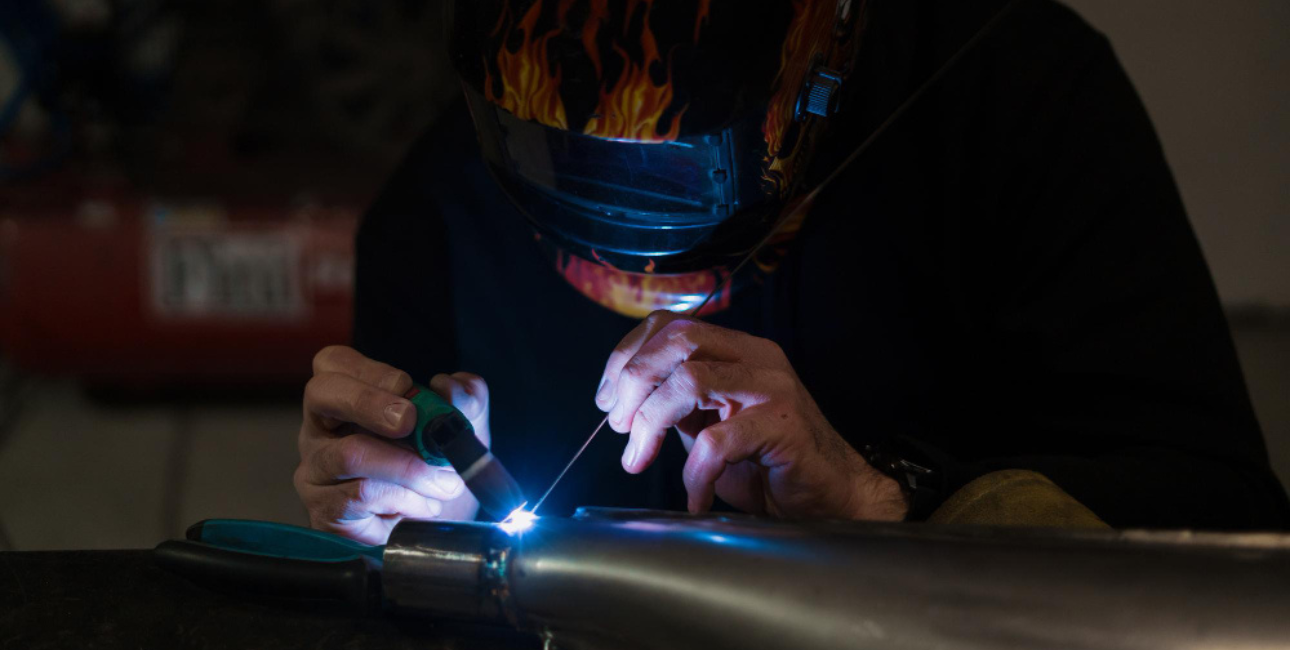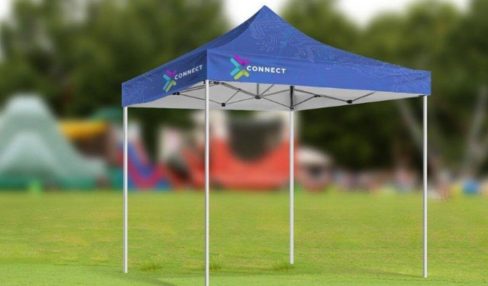Best Fiber Laser Welders for Precision Automation
26 June 2025
5 Mins Read

toc impalement
When it comes to precision manufacturing and automation, the tools you choose will make or break your success. Fiber laser welders have become game changers in industries. In fact, they demand accuracy, speed, and efficiency. But are fiber laser welders worth it?
Primarily, fiber laser welders deliver flawless welds with minimal distortion. This sets them apart from traditional welding methods. Also, with the help of fiber laser welders, you will enhance productivity and achieve unparalleled precision.
In fact, these machines are cutting-edge technology that suits your welding requirements. Read on to get a better idea of the best fiber laser welders that meet the rigorous demands of modern manufacturing. This way, you will be able to take your operations to the next level.
What Are Fiber Laser Welders? – A Brief Overview
With the help of fiber laser welders, you will be able to utilize amplified light in a fiber optic medium. This helps you join materials precisely. In general, these systems target a small and focused area. Thereby, it produces concentrated heat for clean and accurate welds.
However, this method contrasts with traditional welding. This is because it comes with finer control over energy delivery. Also, there is reduced thermal distortion.
In most cases, fiber laser welders have applications where you require fine detail or repeatable results. Hence, industries like aerospace, automotive, and electronics favor them. Also, they produce less waste. Apart from that, they have quick cycle times and adaptability to automation.
The critical components are the laser source, the fiber optic cable, the focusing optics, and the motion system. Basically, the fiber-optic cable transmits the laser beam with minimal loss. Thereby, it ensures efficiency. After that, focusing optics concentrate the energy precisely on the workpiece.
The following are the major types of materials compatible with fiber laser welders:
- Metals like stainless steel, aluminum, and titanium.
- Nickel-based and cobalt-based alloys.
- Precious metals like gold, silver, and platinum.
Are Fiber Laser Welders Worth It? – Choosing the Best
Fiber laser welder mostly helps with precision for manufacturing tasks. The following are the major features to look for if you want to select the right machine for automation:
1. Power Output and Efficiency
Power levels affect a welder’s ability to handle various materials and thicknesses. Hence, look for welders with adjustable power. These must range from 100W to 6kW. Essentially, high-efficiency models convert a higher percentage of electrical energy into laser output. This way, it helps to reduce waste.
2. Precision and Accuracy
In general, precision is critical when you want clean and repeatable welds. For those cases, lasers with beam quality (M²) values below 1.1 provide focused energy. This way, it improves accuracy.
Other factors, like closed-loop control systems and real-time monitoring, further enhance precision. These are particularly valuable in electronics manufacturing. This is because minute tolerances are important for this industry.
3. Compatibility with Automation Systems
You will get better productivity if you integrate fiber laser welders with automation systems. Hence, look for welders capable of syncing with robotic arms or CNC platforms. In general, programmable interfaces and open communication protocols simplify connectivity. Two examples are MODBUS or EtherCAT,
4. Safety Features
When you are working with fiber laser welders, operational safety is non-negotiable. Hence, you must look for protective housing, enclosed workstations, and integrated fume extraction.
Apart from that, features like automatic shut-offs during interruptions prevent accidents. Also, choose those regulatory-compliant machines.
5. Cost Effectiveness
Obviously, upfront costs and operational expenses matter in long-term investments. Hence, if you choose machines with high efficiency, you will reduce power consumption.
Hence, look for models with fewer consumable components. Some examples are diodes with 100,000-hour lifespans.
| Feature | Example Specification |
| Power Output | Adjustable, 2kW for medium-duty applications |
| Beam Quality (M²) | <1.1 for high-precision tasks |
| Automation Compatibility | MODBUS-supported robotic arm integration |
| Safety Compliance | CE-certified |
| Diode Lifespan | 100,000 hours for reduced maintenance |
How to Choose the Right Fiber Laser Welder? – Essential Steps
You must factor in a lot of things if you want to choose the right fiber laser welder. In general, these are your manufacturing requirements, budget, and operational goals. The following are the steps you must follow if you want to choose the right fiber laser welder:
1. Determine Your Manufacturing Requirements
Define material types and thickness ranges before considering any machine. In general, stainless steel and aluminum require different power levels and absorption qualities. Also, thicker metals require higher power output. Meanwhile, delicate parts require precise control over heat inputs.
Hence, depending on your operations, determine your production volume expectations. Basically, low-volume facilities might prioritize versatility. In addition to that, high-volume setups benefit from automated and high-speed systems.
Apart from that, analyze process compatibility with your existing infrastructure. Machine options from Denaliweld allow seamless integration into automated lines, which is critical for synchronized operations.
Inspect weld quality standards required by end products. Industries like aerospace or medical devices demand fine detail with zero inconsistencies. Systems with adjustable focus and stable beam quality excel in these scenarios.
2. Think About Long-Term Costs and ROI
Always balance the higher upfront price of an advanced high-power laser against the productivity gains it delivers. This is because faster cycle times will quickly recoup the initial outlay.
Moreover, check every machine’s energy consumption. In general, fiber units operate more efficiently. Apart from that, models with high wall-plug efficiency further trim power bills over time.
Check maintenance requirements, because equipment built with sealed optics and robust components needs servicing less often, cutting downtime and service costs.
Finally, factor in consumables such as assist gases and optics, selecting systems engineered for minimal replacements to keep ongoing material expenses low.
3. Check Manufacturer Support and Warranty
Do the following to check the support and warranty of the manufacturer:
- Ensure the manufacturer offers reliable local service.
- They must have a broad international support network for prompt troubleshooting and part replacement.
- Compare warranty length and component coverage.
- Prioritize policies that protect critical components, like laser diodes and control electronics.
- Ask how frequently software updates add new features or automation functions. Basically, this helps to extend the system’s useful life.
- Confirm the availability of thorough training resources. These must include operator courses, technical guides, and onboarding materials. This will enable both new and experienced staff to operate and maintain the equipment efficiently.
Get the Best Fiber Laser Welder Now
Now you know the answer to “Are fiber laser welders worth it?” Hence, it is time to choose the right fiber laser welder. This way, you will be able to significantly improve your manufacturing processes. This is because it ensures precision, efficiency, and adaptability for various applications.
Do you have more suggestions on how to choose the best fiber laser welder? Please share your recommendations and opinions in the comments section below.
Read More:

















